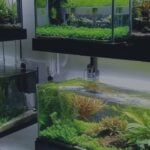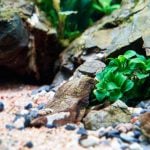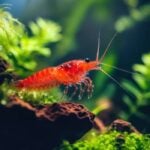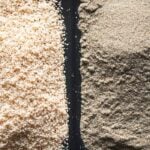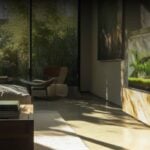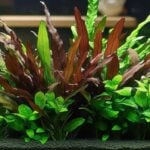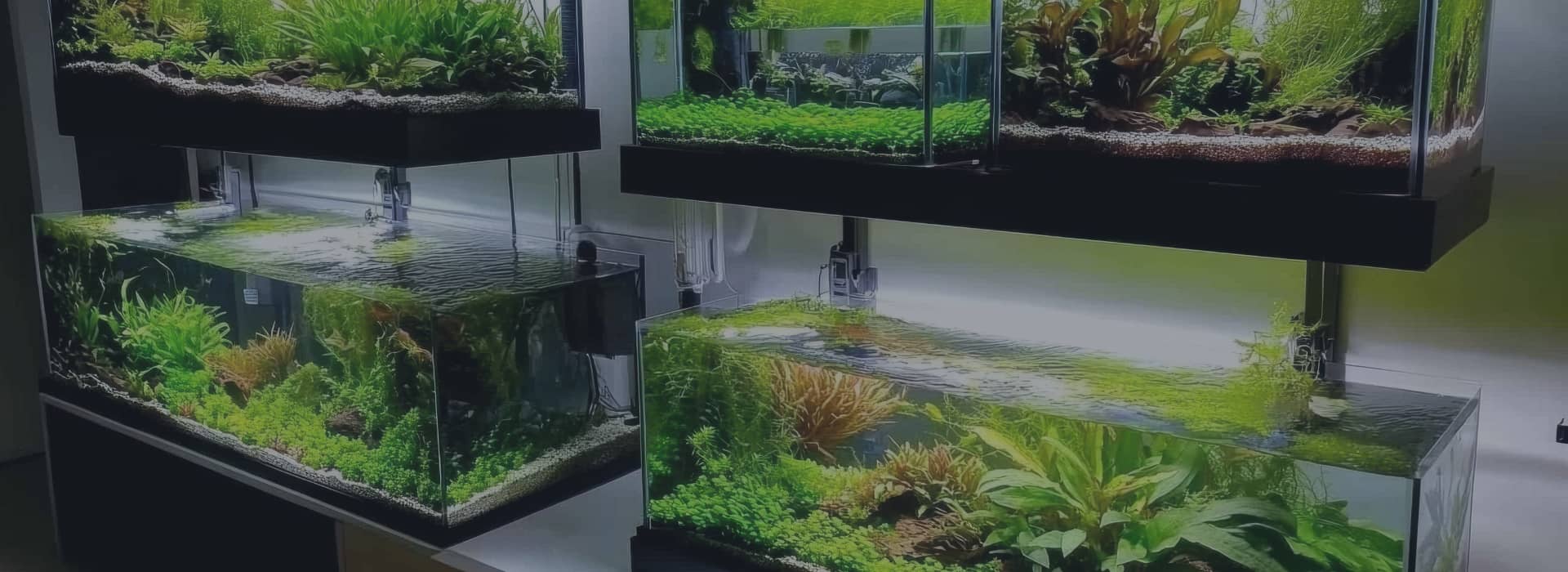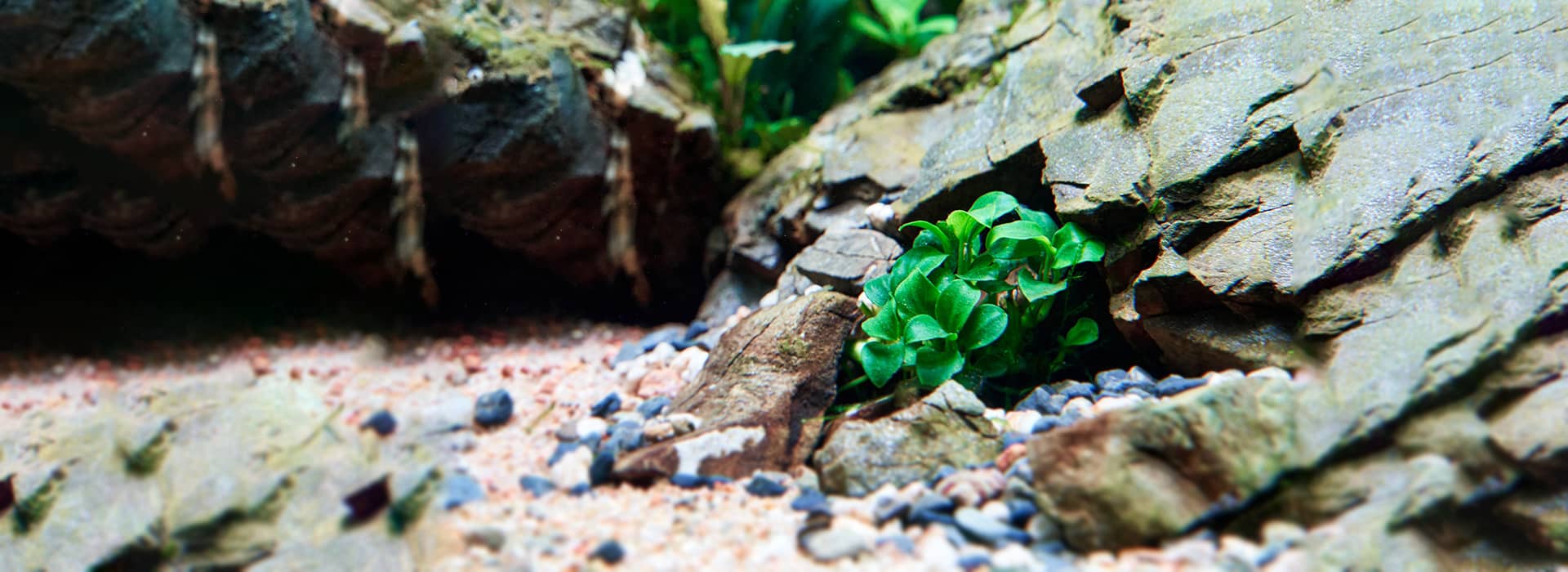When I first stumbled upon aquascaping, I was mesmerized by the intricate underwater landscapes people created, so I decided to give it a try. Watching my first planted aquarium come to life was a rewarding experience. It has since become a passion of mine, offering a peaceful escape after a long day and a canvas for my creativity.
But I won’t sugarcoat it. Aquascaping requires dedication and a lot of research. It involves more than just putting some plants and rocks into a tank–it’s the art of creating an underwater landscape that’s both visually appealing and sustainable for its inhabitants.
If you want to try aquascaping but feel overwhelmed, or if you’ve already dipped your toes but have doubts, don’t worry. Many experienced hobbyists are willing to share their expertise to help beginners.
So, if you’re ready to dive into aquascaping, here are some tips and tricks to help you get started.
The Basics
As for any beginner hobbyist, you must start with the basics. Here are the essentials for your planted aquarium.
Tank
Choose a tank size that suits your space and the type of aquascape you want to create. Larger tanks are generally more stable and easier to maintain, but smaller tanks can be just as rewarding with proper care. Ensure the tank is made of high-quality glass or acrylic and has a sturdy stand to support its weight.
Substrate
Substrate forms the base layer for your aquascape, providing a foundation for plants and beneficial bacteria. They are not only for aesthetics but also provide the necessary nutrients for plant growth. Opt for natural substrates such as specialised aquascape soil, gravel, or sand.
Hardscape
Hardscape refers to rocks and driftwood that serve as decorative elements and give structure and depth to your layout. Choose pieces that complement each other and fit the scale of your tank.
Plants
Plants should be suited to your water conditions. Choose a variety of plants with different heights, textures, and colours to add depth and contrast to your aquascape.
Lighting
Lighting is crucial for plant health and growth. It provides the energy needed for photosynthesis. Invest in a quality lighting system that provides your plants with the right spectrum and intensity. Ensure you have a timer to mimic natural daylight cycles, usually 8-10 hours daily.
Filters
Filters maintain water quality by removing debris, excess nutrients, and harmful chemicals. They also provide aeration and circulation, which are vital for the health of your plants and fish. Choose a filter appropriate for the size of your tank. You have many options, including hang-on-back filters, canister filters, or sponge filters.
Fish
Select species that are compatible with each other and your plants. Consider small, peaceful fish like tetras, guppies, or rasboras. Research their specific care requirements and ensure your tank is cycled before adding fish.
Aquascaping Layout Techniques
Several approaches can be used to create a visually stunning underwater landscape. Here’s a more detailed look at some of the key techniques used by aquascaping professionals.
The Rule of Thirds
The rule of thirds is a composition technique inherited from traditional photography and art. It involves dividing the tank into nine equal parts with two equally spaced horizontal lines and two equally spaced vertical lines.
The points of intersection are where the key elements of your aquascape should be placed. This technique helps create a balanced and harmonious layout that is pleasing to the eye.
The Golden Ratio
The golden ratio is another compositional tool that you can apply in aquascaping. It’s a mathematical ratio commonly found in nature that creates aesthetically pleasing and natural-looking compositions.
Creating Focal Points
A focal point is an area in the aquascape that immediately draws the viewer’s attention. You can achieve this by using larger or more colourful plants, an interesting piece of driftwood, or a distinctive rock formation.
Position the focal point using the rule of thirds for maximum impact. Do not clutter the focal area to ensure it stands out.
Contrast and Color Schemes
Use different textures, colours, and shapes to achieve contrast and make your planted aquarium more interesting. For instance, pairing fine-leaved plants with broad-leaved species can create a striking contrast. Similarly, using plants of varying heights can add depth to the aquascape.
When it comes to colour schemes, using a variety of green shades can create a lush, natural look. Adding a few red or brightly coloured plants can provide a pop of colour that brings the entire aquascape to life.
Proper Spacing and Proportions
Proper spacing prevents an overcrowded aquascape. Consider the mature size of the plants and space them accordingly. This allows each plant to grow and fill its space without competing with its neighbours.
Keeping the hardscape in proportion to the tank’s size will create a more cohesive and balanced layout. Larger tanks can handle bigger rocks and wood pieces, while smaller tanks require more delicate materials.
Aquascaping Styles
Here’s a closer look at some of the most popular aquascaping styles that inspire hobbyists around the world.
Dutch Style
The Dutch style focuses on the strategic placement and cultivation of a variety of plant species. It’s known for its lush vegetation and terraces, creating depth and contrast without using hardscape materials like rocks or wood. This style is perfect for those passionate about botany and plant arrangement.
Taiwanese Style
Though less common in contemporary aquascaping, the Taiwanese style is distinctive for its use of high terraces and often includes small figurines to add an element of whimsy and life. This style allows for a playful approach to aquascaping, blending the aquatic with the terrestrial.
Iwagumi Style
The Iwagumi style is minimalist and serene. It focuses on the placement of stones in thoughtful arrangements based on the golden ratio. It typically features an odd number of stones to prevent visual balance, creating a natural and tranquil landscape. This style is challenging but rewarding, requiring a keen eye for detail and proportion.
Biotope Style
Biotope aquascaping is about creating a snapshot of a natural aquatic habitat. It involves meticulous research and selection of plants, fish, and substrate to replicate a specific environment accurately. This style is educational and can be a window into our planet’s diverse ecosystems.
Jungle Style
As the name suggests, the jungle style is wild and untamed, emulating the dense foliage and varied textures found in a tropical jungle. It allows for creative freedom and can be quite forgiving for beginners, as the dense plant life can hide imperfections and encourage natural growth.
Nature Aquarium
Inspired by terrestrial landscapes, the nature aquarium style aims to recreate underwater scenes from nature, such as forests, mountains, or valleys. It’s a harmonious blend of flora and hardscape that requires an artistic touch and an understanding of design principles.
Walstad Method
The Walstad method is a natural, low-maintenance approach to aquascaping. It relies on a balanced ecosystem where plants and microorganisms filter water, requiring minimal intervention. This style is ideal for hobbyists who prefer a more hands-off approach.
Maintenance Tips
Follow these maintenance tips to keep your planted aquarium healthy and beautiful.
- Perform weekly water changes of 20-30% to maintain water quality and remove excess nutrients that can lead to algae growth.
- Regularly test water parameters such as pH, ammonia, nitrite, nitrate, and hardness to ensure they are within the optimal range for your plants and fish.
- Clean your filter media regularly to ensure efficient filtration. To preserve beneficial bacteria, avoid cleaning all filter media at once.
- Regularly prune and trim plants to prevent overgrowth, promote healthy growth, and maintain the desired aquascape layout.
- Remove algae manually during water changes and consider using algae-eating fish or invertebrates. Adjust lighting and nutrient levels to prevent excessive algae growth.
- Use liquid fertilisers or root tabs to provide essential nutrients for plant growth. Follow the recommended dosing schedule for your specific plants.
- If using CO2 injection, monitor CO2 levels to ensure they are within the safe range for your fish and plants. Adjust the CO2 flow rate as needed.
- Ensure your lighting system provides your plants with the appropriate spectrum and intensity. Replace bulbs or LEDs as needed and use a timer to maintain consistent light cycles.
- Use an aquarium-safe algae scraper or magnet cleaner to remove algae and debris from the glass.
- Check all equipment, including heaters, filters, and CO2 systems, regularly to ensure proper functioning.
- Feed your fish the right amount of food to prevent overfeeding, which can lead to excess waste and nutrient buildup.
- Observe your fish and plants regularly for signs of stress, disease, or nutrient deficiencies, and address any issues promptly.
- Vacuum the substrate during water changes to remove detritus and prevent the buildup of harmful substances.
- You may need to adjust their placement as plants grow to maintain the desired aquascape design and ensure all plants receive adequate light.
- Quarantine new fish and plants before adding them to your main tank to prevent the introduction of diseases or pests.
Create Your Own Underwater Landscape
Aquascaping is a rewarding hobby that allows you to express your creativity while fostering an appreciation for the natural world. With these tips and tricks, you’re well on your way to creating an aquascape that will be the centrepiece of any room. Give it a go and see what underwater landscapes you can create!
